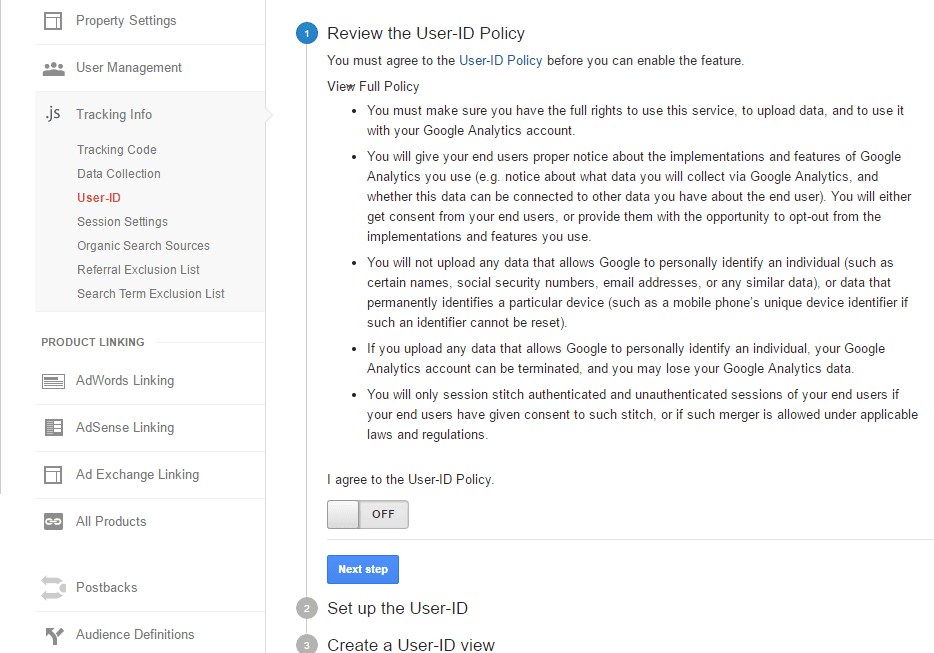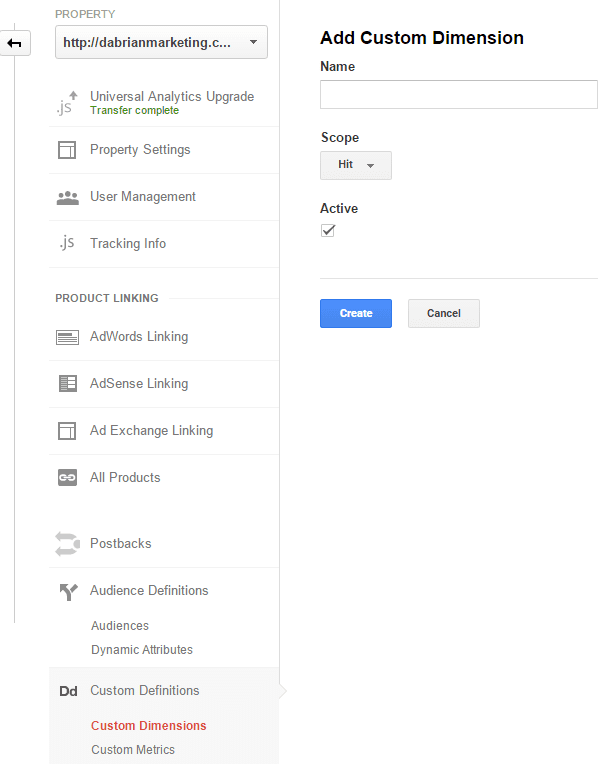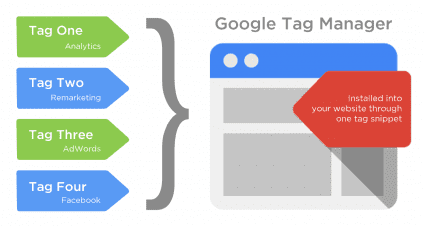Ecommerce sales are expected to grow to more than $400 billion in the next several years, with Forrester Research estimating $414.0 billion in sales in 2018 and eMarketer estimating $491.5 billion in 2018.
Retail and Ecommerce businesses continue to look for opportunities to grow and increase online sales, as well as in the store visitors. One of the most challenging things for business owners is the management of the product data feed or inventory information and availability for products online.

What is a Product Data Feed?
A product data feed is an organized list of products and their attributes. Each product can be displayed, advertised or compared in a unique way. A product data feed typically contains a product image, title, product identifier, marketing copy, and product attributes. It is often used to populate product information on ecommerce websites and shopping engines such as Ebay, Amazon, or Shopzilla.
How Can Retailers Use the Product Data Feeds?
Retailers and Ecommerce websites can use product data feeds to increase product awareness and influence purchasing decisions. Online shoppers are using shopping engines to find what they want. Shoppers are searching, browsing, and making purchasing decisions before stepping into a store. Often purchases are made outside of the merchant’s website.
How Can the Product Data Feed Help with Retail Promotions?
It can be optimized to increase organic search visitors. The product data feed provides value information on products, availability of items, shipping options, product reviews and details that are visible for search engine and potential shoppers. Also, it can be used to promote or advertise via social media, mobile apps, and generate local in-store visitors.
Use the Product Data Feed to Position Your Online Business & Retail Store
The product data feed is vital for Ecommerce and retail stores. It shouldn’t be an afterthought but an overall part of the strategy to sell more products. Customers are constantly searching for the least expensive products to fit their needs and sometimes it happens while they are in your store. Your products need to be visible and accessible in-store, online, apps, and shopping engines if you want a piece of the estimated $400 billion in ecommerce sales.





